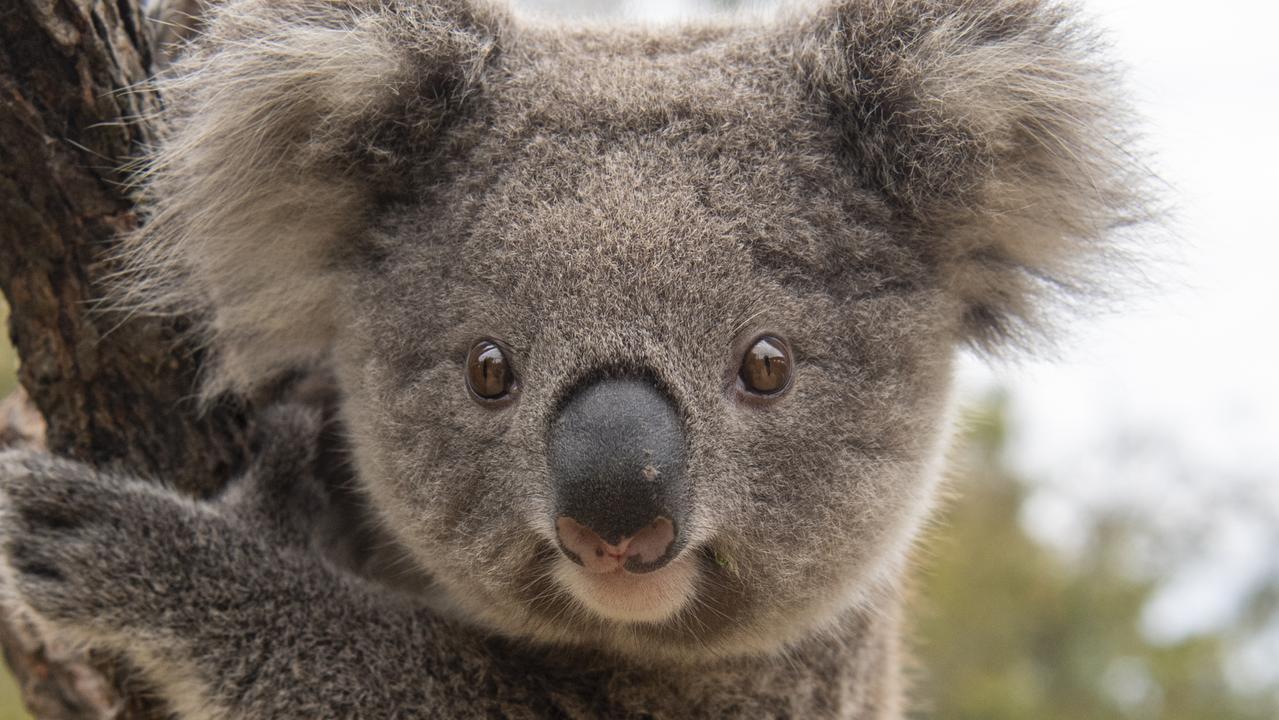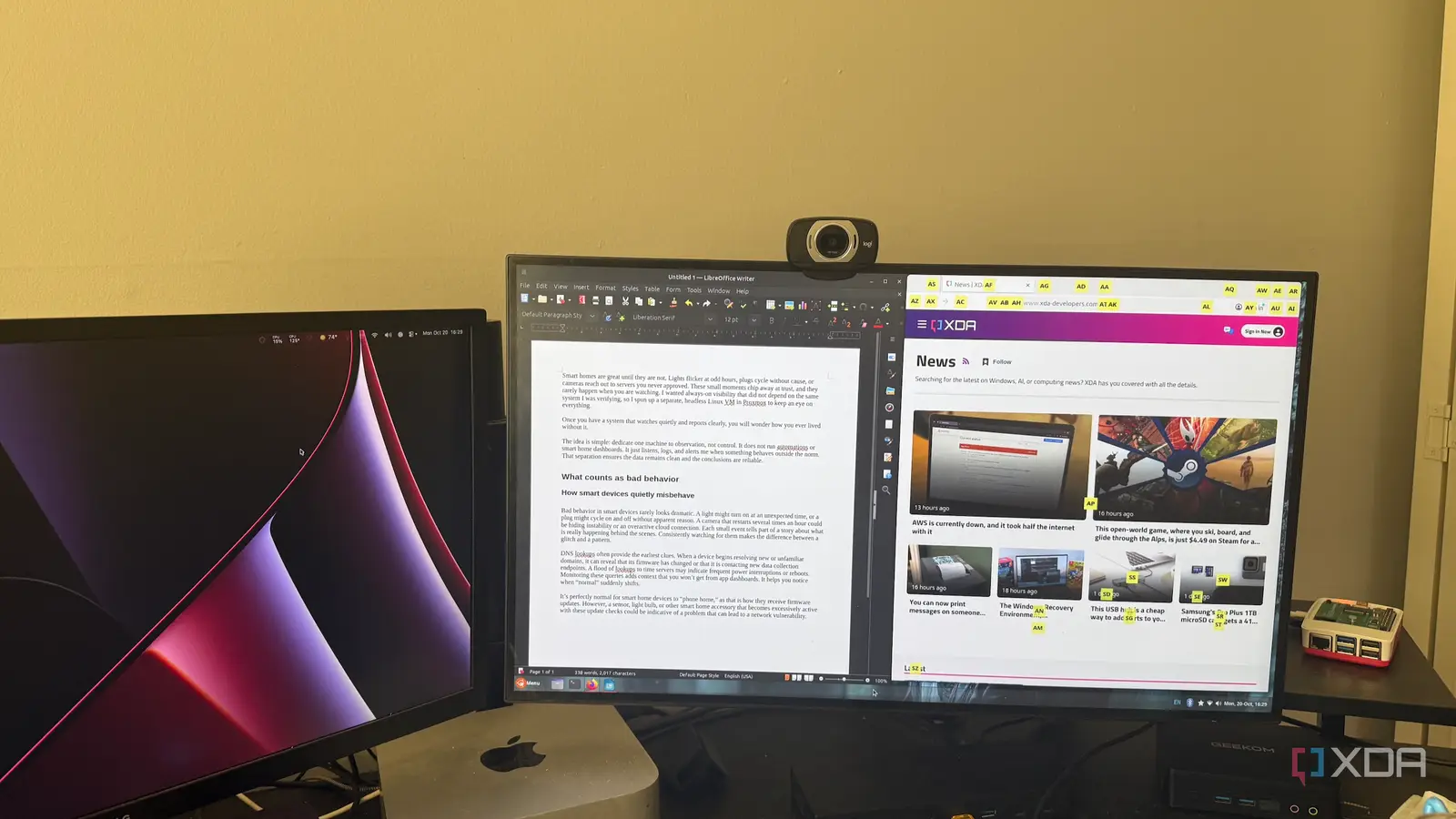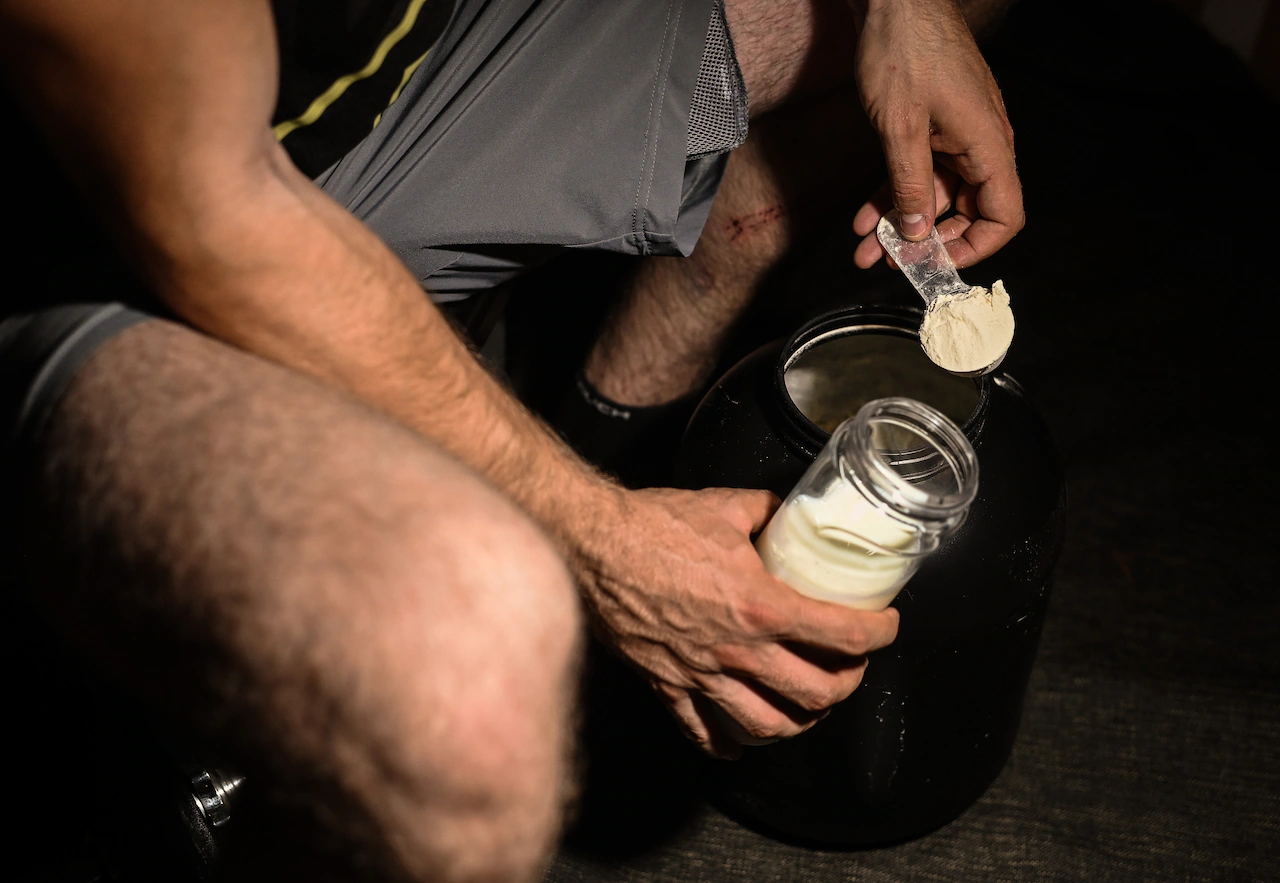Copyright news

Some 475,000Ha on the NSW Mid North Coast, including existing national park and state forests, was announced for the new national park earlier this year, with an immediate moratorium in-place on all timber harvesting in those areas. While the state government continues to work with affected businesses, a report by the Natural Resources Commission released on October 9 found there was “no significant effect” from selective logging on male koala density. The report compared koala densities at six sites on the Mid North Coast — including Ulidarra National Park and Cowarra state forest — before and immediately after selective logging in 2019 and 2022, and then again in 2023, and found no “significant effect”. Responding to the report, NSW Nationals leader Dugald Saunders accused the government of ignoring its own research. “It’s an absolute disgrace the Premier and the environment minister have made the decision to push ahead with the park despite having this information on hand, and it shows it was nothing more than a political move,” he said. “Not only is it completely negligent but it’s also a bitter betrayal to the more than 5500 dedicated regional workers on the North Coast who have had their entire livelihoods destroyed overnight.” Activists decried continuing timber operations in areas earmarked for the Great Koala National Park before its full size was announced and the moratorium put in place earlier this year. In a response to questions about the report and whether the government stood by the moratorium, a NSW government spokesperson said “a temporary moratorium on timber harvesting remains in place within this proposed boundary”. “This park will protect more than 12,000 koalas, 36,000 Greater Gliders and habitat for over 100 other threatened species,” the spokesperson said. The Labor government is currently engaged in prolonged negotiation with impacted businesses. It also put in place a “JobKeeper-style” program for workers whose jobs were impacted by the moratorium. Research found ‘no significant effect’ The research was led by NSW Department of Primary Industry Forest Science Unit Principal Research Scientist Brad Law, and surveyed selective timber harvesting areas on the NSW Mid North Coast between 2019-20, and then again in 2023. Researchers used acoustic arrays to estimate male density from “bellowing activity”. It found no “significant effect” from selective harvesting on male koala density between findings immediately after harvesting in 2019-20 and 2023. “However, a significant decline at control national parks was detected, with these dynamic changes potentially associated with drought and canopy dieback,” the report found. “Low intensity fire had also occurred at two state forest arrays prior to survey.” The independent study was requested to “better understand how koalas respond to harvesting” in state forests in the upper and lower northeast Coastal Integrated Forestry Operations Approval regions as part of the former Coalition government’s koala strategy. Acoustic monitoring has previously been deployed to track koalas in NSW, as well as in the “Great Victorian Koala Survey”.



